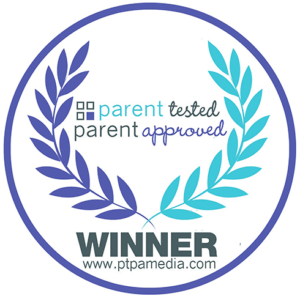Brandon had just recovered from a minor cold from a week ago. In the past few days, he had a high fever for few days. It was Monday morning and I was about to make an appointment with the doctor, but his fever went away overnight. Then the next day in the afternoon, I noticed there were red flat spots on his abdomen. At first, I thought it was due to the diaper or a food allergy reaction. Later in the evening, it spreaded over his body's front and back. I was worried and looked online to read what it means.
I called the doctor in the morning to have Brandon checked out. The doctor said it was roseola. He explained to me what it was.
What is roseola?
Roseola is a mild viral illness that most commonly affects young children between 6 months and 24 months old. It is usually marked by 3-5 days of high fever, followed by a distinctive rash just as the fever breaks. Roseola is primarily caused by a virus called human herpesvirus 6 (HHV-6) and less commonly by human herpesvirus 7 (HHV-7).
Signs and Symptoms
A child with roseola typically develops a mild upper respiratory illness, followed by a high fever (often over 103° F or 39.5° C) for up to a week. During this time, the child may be fussy and have a decreased appetite. A pinkish-red rash appears sometime after the fever disappears. The rash is mainly located on the neck and body, especially, the abdomen, trunk, and back.
Is it contagious?
Roseola is contagious and spreads through tiny drops of fluid from the nose and throat of infected people. These drops are expelled when an infected person talks, laughs, sneezes, or coughs. Other people who breathe the drops in or touch them and then touch their own noses or mouths can then also become infected.
Treatment
There is no treatment required, but make sure the child gets plenty of rest and liquids. The rash should disappear in about a week.
Wednesday, February 17, 2010
Subscribe to:
Post Comments (Atom)






0 comments:
Post a Comment